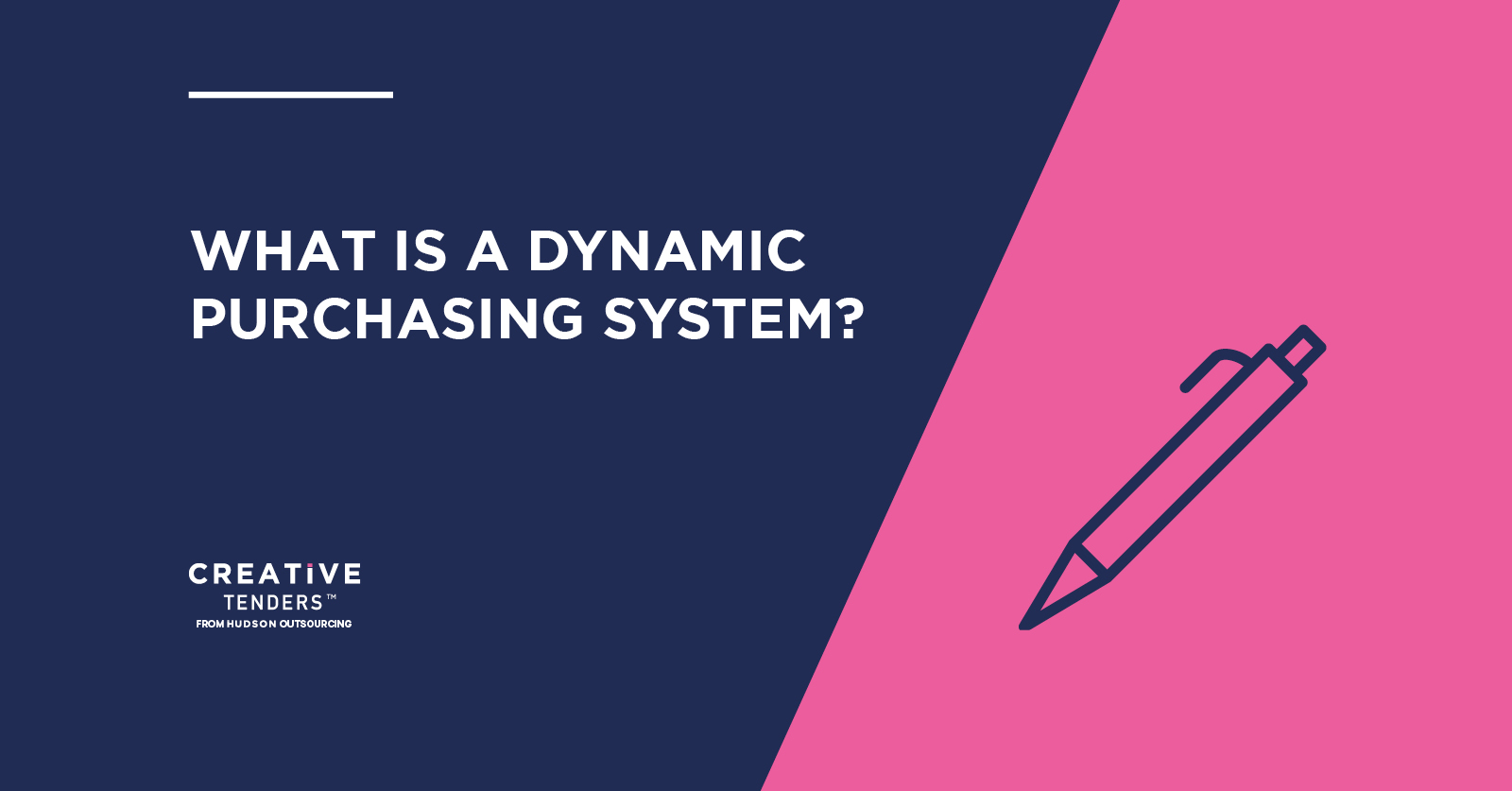ESPD – WHAT YOU NEED TO KNOW – European single procurement document
ESPD & Procurement policy – not the most known or thrilling of topics. We know that reviewing changes does not exactly make for riveting reading, so we have condensed this information into what you actually need to know.
Due to the European Public Procurement Reform which kicked off in April 2016, one of the key elements featured was the introduction of the ESPD (European Single Procurement Document).
What is an ESPD?
An ESPD is an online electronic form that any supplier can complete, download and submit as part of their bid for a growing number of public procurement agencies, both nationally and internationally.
Access to the form can be found HERE.
As part of the reform, this process simplifies cross-border procurement, cuts down on paperwork, and helps provide access to new opportunities for businesses of all sizes.
The procurement policy remains the same as a pre-qualification questionnaire stage (or PQQ for short), where buyers can assess your response to specific criteria to determine the capability of your delivery in order to be invited to tender (ITT).
CLICK HERE for further information about the PQQ process.
What does an ESPD include?
This contains all of the similar exclusion criteria and selection criteria that enables your company to subsequently be invited to tender (ITT), which remains from the prior PQQ document. It’s the YES/NO questions that ensure you are an upstanding member of the national business community and are not faulting in certain areas, such as criminal convictions, tax evasion, fraud etc.
The biggest new element is the idea of self-certification. During our team’s procurement careers, what happened in the past was that on a typical PQQ, you had to attach endless amounts of financial accounts and policies. Now, as per the reform and introduction of an ESPD, you must self-certify that you maintain all this documentation and provide the evidence later at any time. So, make sure you have your policies and financial documents in place, ready to attach when prompted by the buyer.
How does it affect you?
This has been put in place to ensure that you don’t need to keep completing the same old questionnaire time and time again. Many buyers now will ask you if you have completed this generic document and you can attach this in order to save time (see example below).

One thing to remember is the Technical & Professional Capability section as part of the PQQ (or Selection Questionnaire-SQ). You must adapt this for every contract, because no two contracts are the same and you’ll need to show off your technical capability and experience in different ways, for different previous contract examples. Make sure this is adjusted based on the new contract requirements at hand.
Other than this, this affects you minimally. If you have tendered before you’ll be used to the questions asked here – it’s purpose is merely to make it simpler and save you time.
We are here to help you SUCCEED
Get in touch with our Tender Consultants for more information

